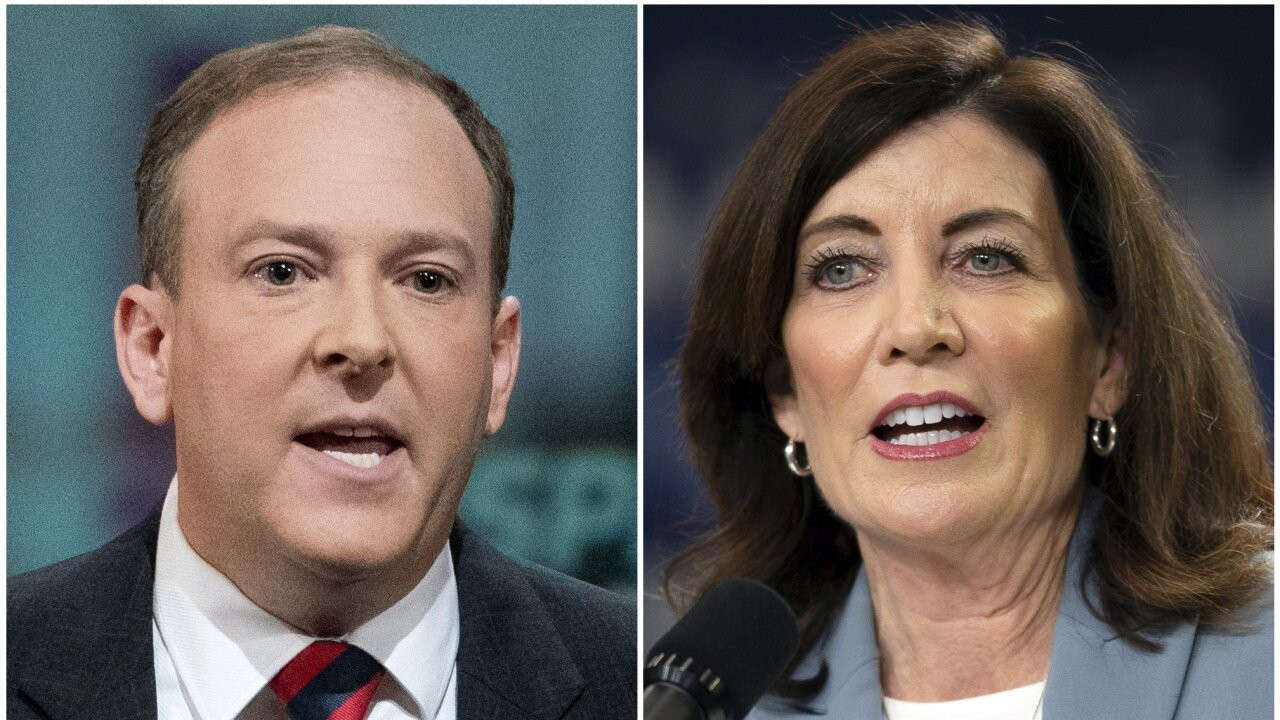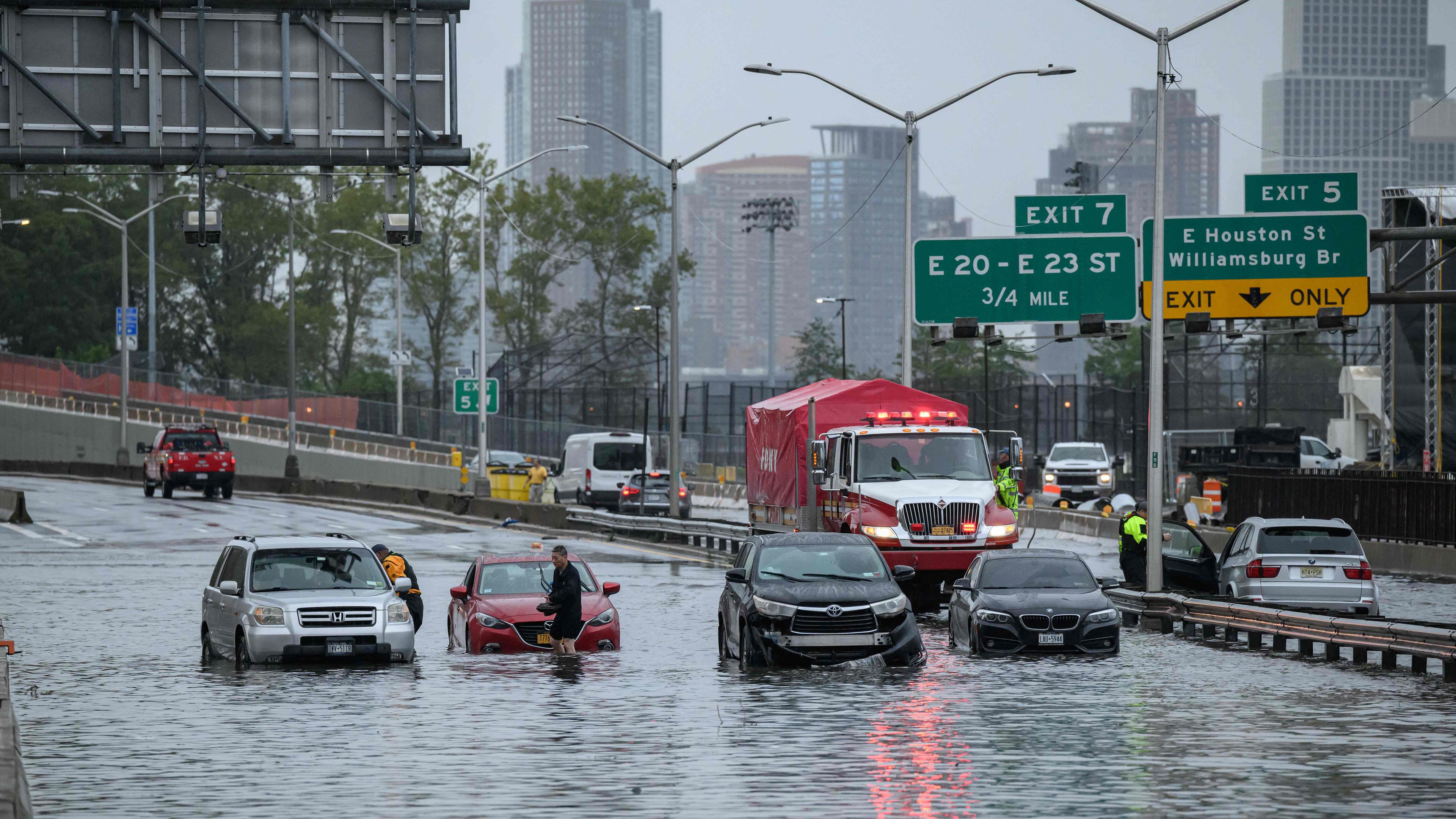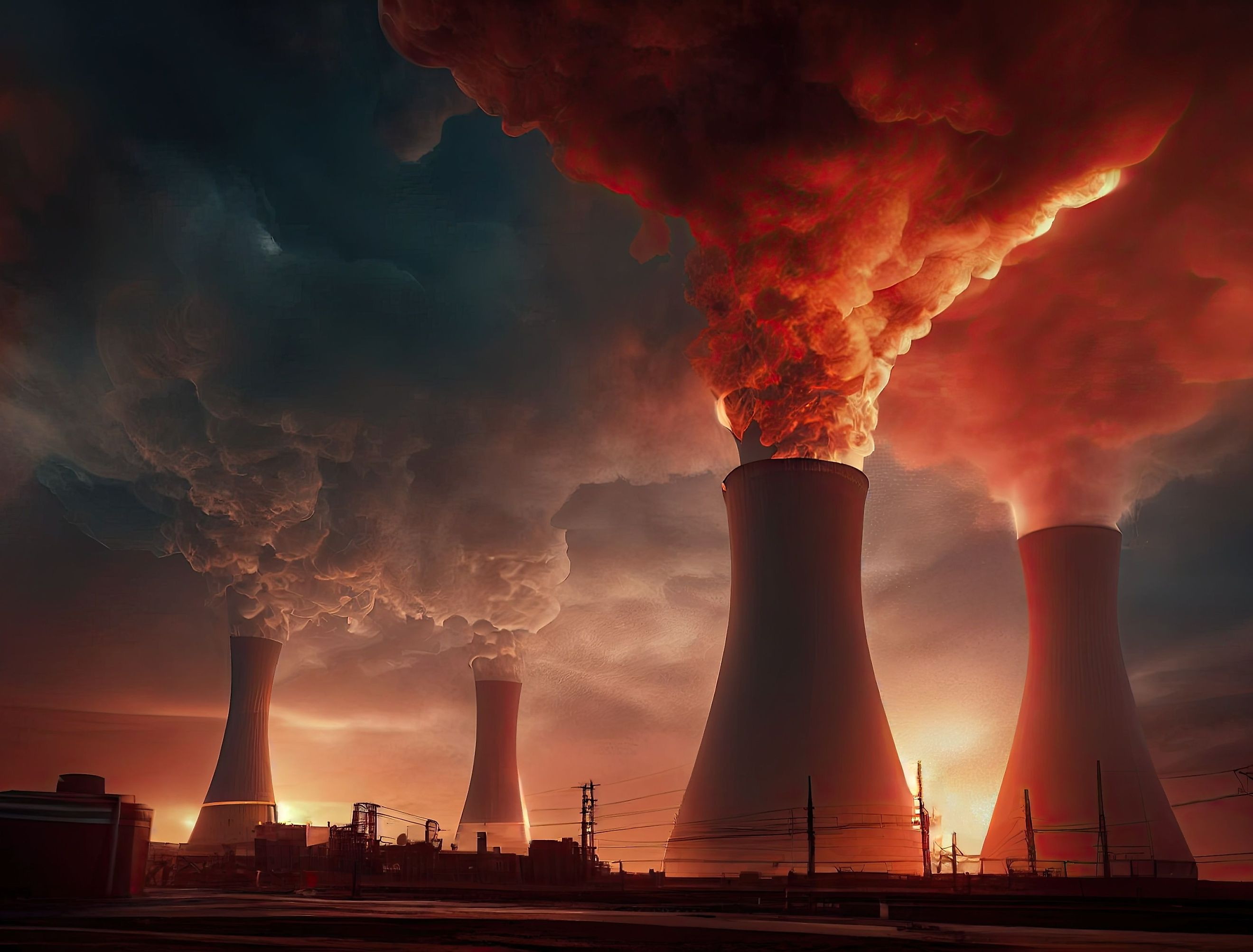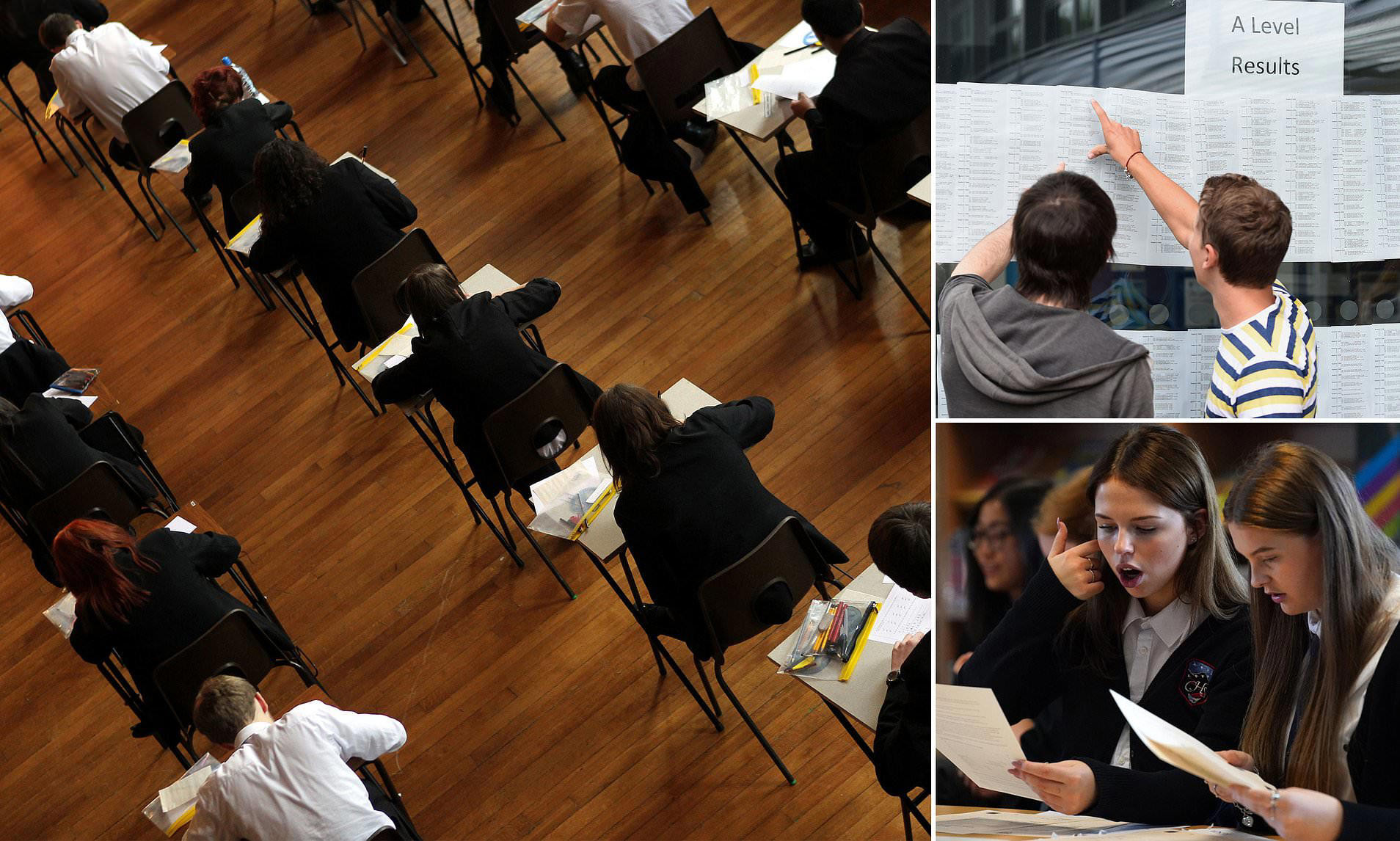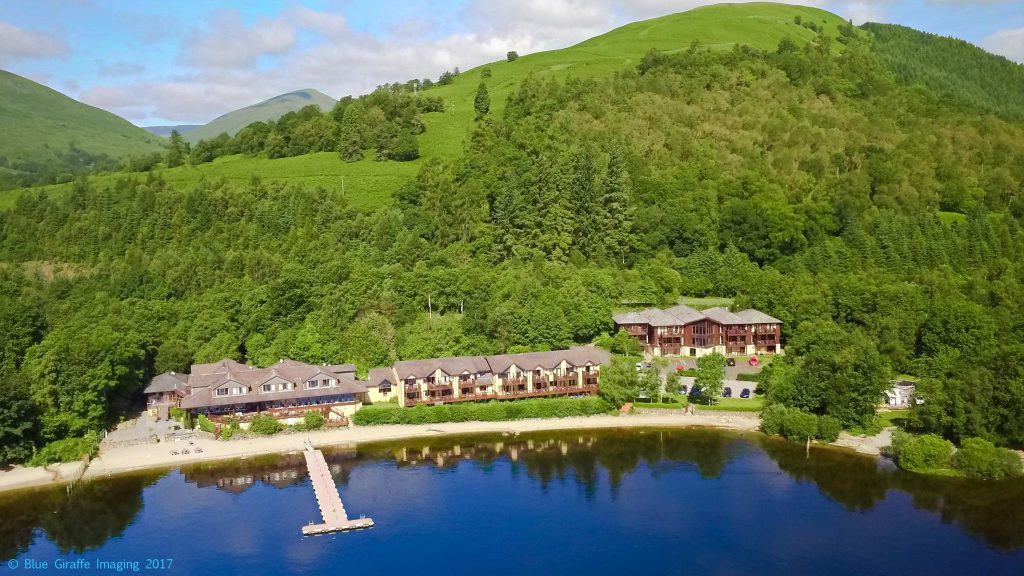Its title is Hoodwinked in the Hothouse: Resist False Solutions to Climate Change, is now in its third edition and can be accessed—for free— online. It was put together by “an international coalition of organization and activists,” relates the “Hoodwinked Collaborative” that “was convened to produce and distribute the groundbreaking publication on false solutions to the climate crisis.”
“Authored by grassroots organizers, movement strategists, and thought leaders from across our climate and environmental justice movements, the third edition of Hoodwinked in the Hothouse is an easy-to-read, concise-yet-comprehensive compendium of the false corporate promises that continue to hoodwink elected officials and the public, leading us down risky pathways poised to waste billions of public funds on a host of corporate snake-oil schemes and market-based mechanisms,” the description continues. “These false solutions distract from the real solutions that serve our most urgent needs….Hoodwinked also provides a robust framework for understanding the depth of real solutions, how they should be determined, and who should be envisioning and building them.”
A New Nuclear Agenda?
A leading example these days of a public official “hoodwinked in the hothouse” is New York Governor Kathy Hochul. A predecessor, also a Democratic New York governor, Mario Cuomo, allied himself with grassroots anti-nuclear organizations and the Suffolk County Legislature in the successful decades-long battle against the plan of the since defunct Long Island Lighting Company to build seven to eleven nuclear power plants on Long Island, New York. But Hochul is going in another other direction.
The journal Politico signaled Hochul’s interest in nuclear power in an article in May headlined “New York policymakers thaw on nuclear energy.” The piece started: “Gov. Kathy Hochul has cracked the door open to the potential for new, small nuclear power plants as a way for the state to try to meet its ambitious climate goals.” It told of this happening “at a private dinner with environmentalists April 29, according to two attendees who spoke on the condition of anonymity because of the private conversations.”
Nuclear's Resurgence in New York
And this month, at what Hochul organized as a “Future Energy Economy Summit” held in Syracuse, this state push for nuclear power in New York more than thawed. As the headline at syracuse.com, the website of Syracuse’s Post-Standard newspaper, said in its coverage of the conference: “Hochul’s energy team opens the door to a long-dismissed option: new nukes.” At the conference, Hochul spoke of “splitting an atom” as an energy source. And released was a 29-page “Draft Blueprint for Consideration of Advanced Nuclear Technologies” prepared by The Brattle Group for the New York State Energy Research and Development Authority. It asserted that “a growing and innovative group of advanced nuclear energy technologies has recently emerged as a potential source of carbon-free power.”
Debunking the Nuclear Myth
In the wake of the disasters at Three Mile Island, Chernobyl and Fukushima, the nuclear industry has been trying to latch on to climate change as a new reason for nuclear power with the claim that it is “carbon-free.” In fact, it isn’t. The nuclear fuel chain including mining, milling and fuel enrichment is carbon-intensive, and nuclear power plants themselves emit carbon, Carbon-14, a radioactive form of carbon. And, the nuclear industry is claiming “advanced” versions of nuclear plants have arrived, “new and improved” plants—words commonly used to peddle “new and improved” detergents and similar products.
As Tim Judson, executive director of the Nuclear Information and Resource Service, writes in Hoodwinked in the Hothouse about nuclear power and climate change: “Dirty energy companies want people to believe that nuclear power is necessary to reduce greenhouse gases and avert the climate crisis. This could not be further from the truth. Nuclear power is not a climate solution: it is too dirty, too dangerous, too expensive and too slow….The uranium fuel chain and nuclear disasters make the dangers of climate change worse, and the nuclear industry actively blocks renewable energy and other solutions to end fossil fuels. We can and must phase out nuclear power along with fossil fuels, to repair environmental injustices and protect generations to come.”
Old Wine in New Bottles
Or, as explained Gordon Edwards, president of the Canadian Coalition for Nuclear Responsibility, in an interview last year, these plants, notably what are being called “small modular reactors,” are not new and not improved but were “things that were tried 50 and 60 years ago” and didn’t succeed then. Now, he says, with governments prepared to spend “bundles of money…trillions of dollars” to combat climate change, the nuclear industry is wheeling out these old designs to “try to rescue itself from a very rapid decline.” These plants “are just as prone to failure as large reactors,” said Dr. Edwards. “Any nuclear power plant is “a warehouse of radioactive poisons and anything that blows these poisons out into the environment constitutes a disastrous accident.” That can happen “if you’re small, that can happen when you’re big.” Meanwhile, he says, safe, clean, green renewable energy is here with its costs having plummeted. “Renewables are now about four times cheaper than nuclear” with solar and wind systems far quicker to build, thus having a “rapid payback” to challenge climate change.
A Nuclear Future? Not So Fast
Or as physicist Dr. M.V. Ramana, professor and Simons Chair in Disarmament, Global and Human Security at the University of British Columbia, formerly at Princeton University’s Program on Science and Global Security and also MIT, in his new book Nuclear Is Not The Solution: The Folly of Atomic Power in the Age of Climate Change, writes: “The world has neither the financial resources nor the luxury to expand nuclear power. Meanwhile, even a limited expansion would aggravate a range of environmental and ecological risks. Further, nuclear energy is deeply” involved in “creating the conditions for nuclear annihilation. Expanding nuclear power would leave us in the worst of both worlds.”
And as says Dr. Mark Z. Jacobson, instrumental in development in New York of plans to expand renewable energy including the state reaching a goal of 70% of its electricity from renewables by 2030—which Hochul is doubting can be achieved so purportedly nuclear is needed—that goal “is a matter of social and political willpower. It is not a question of technology or economics.”
He is director of the Atmosphere/Energy Program and professor of Civil and Environmental Engineering at Stanford University and author of the 2023 book No Miracles Needed: How Today’s Technology Can Save Our Climate and Clean Our Air. In an interview with me in August, Dr. Jacobson said: “Today, “California reached 100% wind-water-solar [WWS] renewable electricity on its main grid for part of the day for the 100th day this year and in fact the 100th day out of the past 144. WWS includes wind, solar, geothermal, and hydroelectric power. The state will be nearly 60% WWS in the annual average this year and 70% within two to three years.”
A Renewable Energy Future for New York
“There is no reason New York cannot follow suit simply by building out large amounts of rooftop PV [photovoltaic converting sunlight to electricity] + batteries, utility PV + batteries, offshore wind, some onshore wind, using hydroelectric as a means of filling in gaps in supply, and using demand response to shift the time of some electricity use.” Dr. Jacobson also sent his most recent plan “for transitioning New York for all energy purposes to 100% WWS.” He said: “Such a transition will reduce energy needs 61.7% per year, reduce annual energy costs 56.4%, reduce annual social costs—energy plus health plus climate costs—by 82.6%, use only about 1.3 to 1.4% of the state’s land area, produce about 300,000 long-term, full-time jobs, save 2,150 lives per year from air pollution, and eliminate 196 million tons per year of CO2-equivalent emissions. The payback time for the energy infrastructure is only about 6 years.”
A Growing Chorus of Opposition
With Hochul’s “Future Energy Economy Summit,” some 153 New York State organizations, institutions, coalitions and grassroots groups released a letter they signed sent to Hochul declaring their “deep concern over your administration’s pursuit and framing of nuclear power as a ‘solution’ to the climate crisis.” They said “it is critical for New York State to achieve the mandates in the Climate Leadership and Community Protection Act,” a measure in which Dr. Jacobson was involved. Among “several reasons,” said the letter, that “nuclear power is not a climate solution,” it “is too slow to tackle the climate emergency. Any new nuclear plants announced today would not be connected to the grid until well past the 2030 deadline.” Also, “Nuclear energy is far more expensive than renewable energy.” And, “Nuclear energy is neither clean nor safe. Peer-reviewed studies examining the impact of uranium mining, abandoned mines, waste spills, and waste storage on surrounding communities have identified a number of grave environmental harms and public health risks, most of which disproportionally impact indigenous communities and other communities of color in the U.S. and worldwide. And despite industry claims, so-called ‘advanced’ small modular reactors produce more voluminous and chemically/physically reactive waste than conventional reactors.”
“We urge you to carefully verify everything you are hearing from the nuclear industry and proponents of nuclear energy,” the letter to Hochul continued. “The history of the nuclear industry is full of unfulfilled promises and cost overruns. Instead of turning to nuclear energy, New York must follow through on its existing climate action plan to massively scale up energy efficiency technologies, new renewable generation, storage, and electrified public transit while creating family-sustaining jobs and protecting our most vulnerable communities who have historically borne the burden of our energy system.”
The Nuclear Industry's Track Record
Among the 153 signatories of the letter were: Campaign for Renewable Energy; Concerned Health Professionals of New York; Council on Intelligent Energy & Conservation Policy; Environment America; Grassroots Environmental Education; Greenpeace USA; Food & Water Watch; Hudson River Sloop Clearwater; It’s Easy Being Green; Long Island Progressive Coalition; Neighbors of the Onondaga Nation; Radiation Truth; Science and Environmental Health Network; Sierra Club Atlantic Chapter; South Country Peace Group; South Shore Audubon Society; Suffolk Progressives; Sustainable Finger Lakes; Syracuse Peace Council; Three Mile Island Productions; United for Clean Energy; WE ACT for Environmental Justice. Meanwhile, separate statements were issued.
“No one in New York wants people to suffer the horrible immediate toxicities of a nuclear accident,” said Dr. Kathleen Nolan, president of Physicians for Social Responsibility– New York. “And no one wants the tragic long-term cancer and disease burden that invariably attends the construction, operations, and waste disposal of nuclear power generation. The only way such activities go forward is through ignorance or willful disregard of the known, real, and present dangers found throughout the life cycle of generating power through nuclear reactions. For example, if we cannot properly handle the toxic nuclear waste we have already generated in New York—and we cannot—then we cannot possibly justify creating more waste and releasing it into nearby communities, especially communities like the Onondaga Nation and other Indigenous Peoples that have wisely opposed reliance on nuclear energy.”
Jeanne Shenandoah, Onondaga Nation environmental advocate and Haudenosaunee Environmental Task Force member, said: “The issue of nuclear energy is of the utmost importance for people to be aware of. Nuclear energy poses a danger to the future of all life wherever mining, reactor operations, transport, and dumping happen. We must always be thankful for the earth that we live on and for what Mother Earth gives to us; this means protecting Mother Earth and resisting nuclear energy expansion. The threat of nuclear energy requires all of us to exercise responsibility and protect our homes and communities.”
“The entire nuclear industry is an environmental justice disaster, particularly for Indigenous Peoples and Nations,” said Joe Heath, Onondaga Nation General Counsel and Veterans for Peace member. “Indigenous Peoples are excluded from this discussion of our energy future. From the mining, milling, and transportation of radioactive fuel to the transportation, storage and dumping of radioactive waste, every aspect of this industry kills and poisons Indigenous people. Nuclear energy— old and new—is not ‘green,’ renewable, or zero emissions.”
A Choice Between Climate and Catastrophe
“Contrary to Governor Hochul, advances in climate science since the Climate Leadership and Community Protection Act passed show that New York must move much faster to eliminate greenhouse gas emissions and develop clean renewable energy. Hochul needs to stop listening to huckster industrial salesmen peddling expensive and false climate solutions like nuclear, hydrogen, and carbon capture. New York needs to declare a climate emergency to mobilize all of the state’s resources to quickly build a clean energy future that is publicly owned and democratically controlled,” said Mark Dunlea of People of Albany United for Safe Energy and also the Green Education and Legal Fund. Food & Water Watch New York State Director Laura Shindell said: “Our governor is wining and dining dirty energy snake oil salesmen when she should be doubling down on clean, renewable energy buildout—New Yorkers are having none of it. Our climate future is at a crossroads, and Hochul is perilously close to taking a dangerous step in the wrong direction. Governor Hochul must fight for the climate law she flouts, starting with an absolute refusal to bring more dangerous nuclear reactors to New York.”
Also, on the eve of the two-day conference, a commentary written by Shindell was published in the Times Union, the newspaper in the state’s capital of Albany, headlined: “No place for nuclear in New York’s energy plans. Nuclear power is a dirty, dangerous, expensive distraction to the essential work of transitioning to clean energy.”
It opened: “Summer 2024 has brought one climate change-fueled disaster after another. From deadly flooding to tornadoes and extreme heat, New York is experiencing early signs of life on a burning planet. This moment calls for robust climate action. New York’s Climate Leadership and Community Protection Act, passed five years ago with the support of a powerful grassroots environmental movement, remains the nation’s strongest state law to replace the fossil fuels supercharging climate disaster with clean, renewable energy. But laws need leaders to enforce them.”
“As it stands, our governor’s climate leadership is in freefall,” it went on. Now, at the very moment we need Gov. Kathy Hochul to be our climate’s strongest defender, she’s threatening to make it worse.”
“This week, she’s planning to wine and dine the nuclear power industry at an event she has the audacity to call a “Future Energy Economy Summit,” Shindell wrote. “Expensive, dirty and dangerous nuclear energy, a clear showpiece of the industry event, is a fairytale distraction from the real work of moving to clean energy. It’s no solution to the climate crisis we face.”
-30-
Karl Grossman, professor of journalism at State University of New York/College at Old Westbury, and is the author of the book, The Wrong Stuff: The Space’s Program’s Nuclear Threat to Our Planet, and the Beyond Nuclear handbook, The U.S. Space Force and the dangers of nuclear power and nuclear war in space. Grossman is an associate of the media watch group Fairness and Accuracy in Reporting (FAIR). He is a contributor to Hopeless: Barack Obama and the Politics of Illusion.




